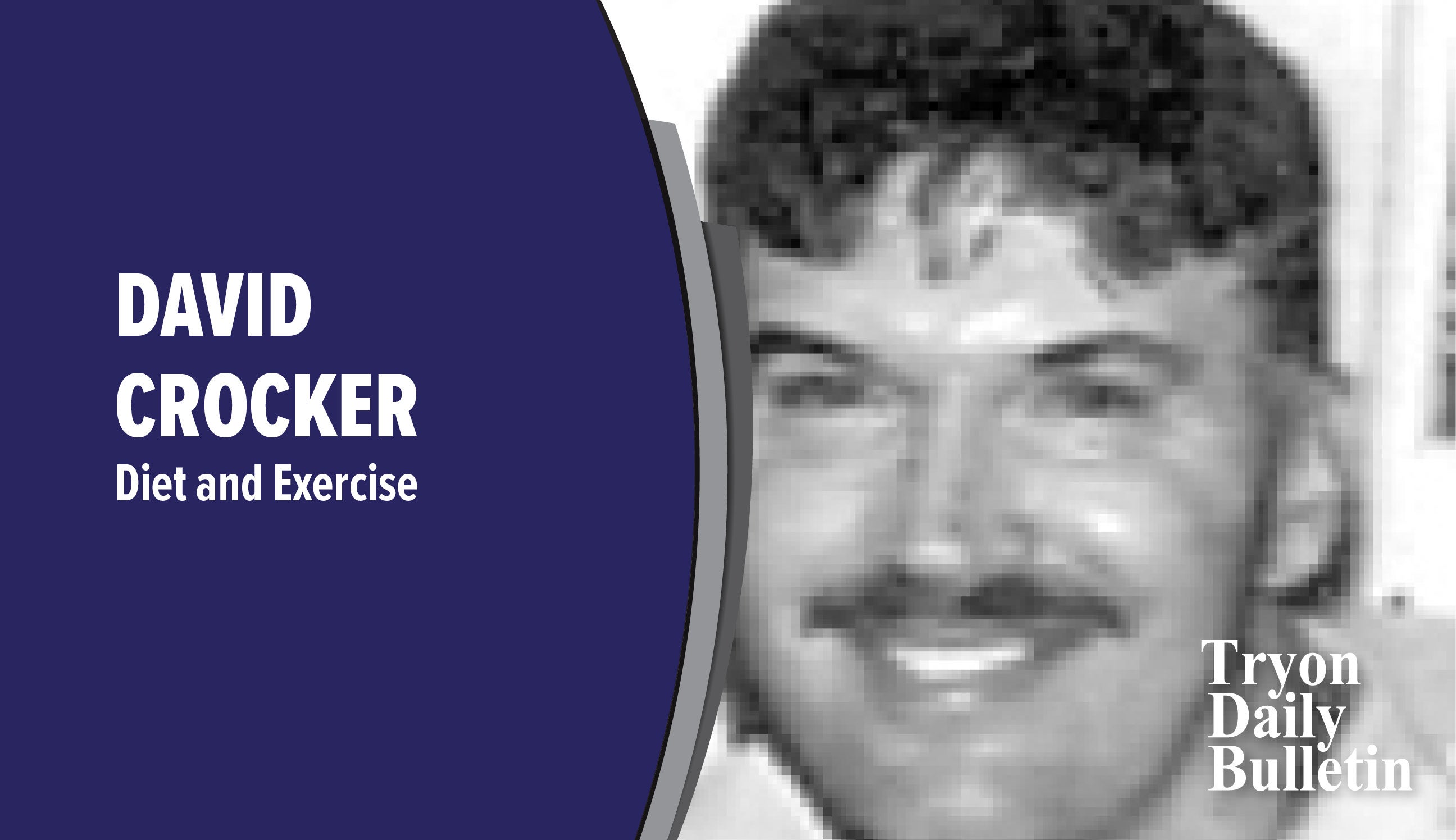Building and maintaining strong, healthy bones
Published 4:53 pm Friday, November 19, 2010
There are more than 200 bones in the human body. The main function of the skeleton is to add structure to the body, protect organs, and enable the body, with the help of the attached muscles, to move.
Bones, do however, play a role in several other bodily functions. The formation of blood cells takes place in the marrow within certain bones. Bones also act as a storehouse for minerals, especially phosphorus and calcium. About 98 percent of the bodys calcium is stored in its bones. Every cell in the body requires small amounts of calcium to function properly. When blood calcium levels fall, bones then release calcium that has been stored.
The body uses intricate mechanisms to keep calcium levels balanced. When blood levels of calcium are low, the parathyroid glands secrete parathormone. This activates bone cells called osteoclastsins in order to break down bone to release the calcium thats needed by the body. This also triggers other hormones that counteract mineral loss in these bones to keep them strong during this process. When blood calcium levels get too high, the thyroid gland secretes the hormone calcitonin, which blocks the actions of parathormone.
There are several factors that affect both calcium absorption and loss. These include gender, weight, ethnic background, heredity, disease factors, and&bsp; activity levels.
There are two areas of strengthening bone we need to explore. These are diet and exercise. When taking a calcium supplement, its not just important how much you take, but how you take it. I recommend healthy individuals take between 1200-1500 mg. of calcium a day. The two main forms of calcium readily available are calcium carbonate and calcium citrate. Both are well absorbed, but need to be taken differently. Calcium carbonate needs to be taken with food for proper absorption where as calcium citrate needs to be taken on an empty stomach. Be sure to take one or the other. Not both. Your total calcium intake per day should be divided and taken at two different times. Also, do not take your calcium within an hour of taking vitamin C. Calcium is a base and vitamin C is acidic. If they are both in the stomach at the same time, they will cancel each other out. When it comes to calcium fortified orange juices, the form of calcium used is calcium hydroxide, which is not affected as much by the vitamin C&bsp; in the juice. You also, need vitamin D and magnesium for calcium absorption, so I recommend a well balanced vitamin/mineral supplement (well talk more about that later).&bsp;&bsp;&bsp;&bsp;&bsp;&bsp;&bsp;&bsp;&bsp;&bsp;&bsp;&bsp;&bsp;&bsp;&bsp;&bsp;&bsp;&bsp; &bsp;
Proper exercise is also crucial for bone strength and health. Weight training is excellent for this. Skeletal muscles have something called an origin and an insertion. The origin point of the muscle is attached to the&bsp; immovable bone. The insertion point of the muscle is attached on the other end to the movable bone. When you lift weights properly, the bones between the origin and insertion are stressed. The brain senses this and signals the body to send calcium to harden these bones. With proper strategy you can make real progress at any age, but make sure you get instruction from someone who is knowledgeable and experienced. Get your doctor, trainer, and nutritionist&bsp; involved. Take care of your bones and theyll really support you.
David Crocker of Landrum has served as strength director of the Spartanburg Y.M.C.A., strength coach, S.C. state champion girls gymnastic team, USC-Spartanburg baseball team, and Converse college equestrian team. He taught four semesters at USC-Union. David is also a regular guest of the Pam Stone Show. David also served as lead trainer to L.H.Fields Modeling Agency.


